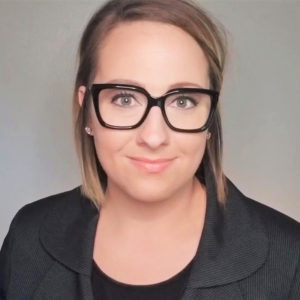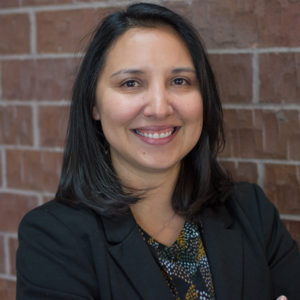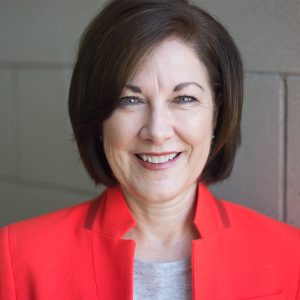The line between patient and consumer blurs a bit in the optical. But a proper handoff - one that reinforces the eye health education that the patient receives in the exam room - is helpful in ensuring that patients purchase quality eyewear that will best meet their vision and lifestyle needs, satisfying them as both patient and consumer.
There are five points in the patient journey during which information is passed from one team member to another: check-in, pretesting, exam, optical, and check-out. Have you ever played the telephone game? The first person whispers a phrase to the next, and with each interpretation and handoff, the original becomes more muddied. That can happen easily in a busy eye care practice. If doctors and staff members are not extremely clear about the transfer of patient information, each passing of the information baton can present a problem. Think of the information that is being transmitted here: the doctor's evaluation, the treatment plan, and the products that will help the patient comply. That's too much and too important to leave to chance.
CLINICAL OPTICIANS HOLD THE KEY
Those independent eye care professionals (IECPs) who employ scribes already know the value that a scribe brings - not only in terms of exam room efficiency but also in the patient's transition to the optical. In this case, we consider the scribe to be a clinical optician, an individual who both scribes for the doctor and fulfills the ophthalmic treatment plan in the optical. The clinical optician listens as the doctor educates the patient about the diagnosis and treatment plan. The clinical optician then accompanies the patient into the optical. This demonstrates a link between the exam and the optical. Rather than being two distinct experiences in one location, the presence of a skilled team member who stays with the patient throughout amplifies the opportunities to have clinical conversations and maintain the transition from health experience to the retail experience.
We believe that clinical opticians can become an IECP's most impactful time and efficiency generator. A clinical optician allows the doctor to focus solely on patient education, without the distraction of documenting in the patient record.
However, for a practice that doesn't use clinical opticians, the next best handoff occurs in the exam room. An optician should enter the exam room, where both optician and the patient hear the doctor's summary of his or her recommendations. A handoff in the optical cannot match the experience of a handoff in the exam room.
DOCTORS MAKE IT RELATABLE
It's not enough for a doctor to say, "I'm prescribing a progressive lens for you today." It's critical to add the "why" behind the recommendation and prescribe the exact lens design and treatment options when possible. "I'm prescribing a [brand] progressive lens for you today because this lens best addresses your specific needs and will provide you with the best resolution to the problem that brought you in today."
A presentation like this empowers the patient to select the option with confidence. Compare that to a presentation that identifies one lens as good, one as better, and one as best. Even there, patients are left guessing as to whether there are true distinctions and which one they actually need.
WHY HANDOFFS IN THE OPTICAL ARE INEFFECTIVE
Handoffs made hurriedly in the optical - or even worse, simply directing the patient to the optical to shop for eyewear - are rarely effective. First, there's no reinforcement of the treatment plan. Ideally, the patient will hear a treatment plan described at least two times: once during the exam itself and once before the patient transitions to the optical, in the presence of an optician or scribe/clinical optician.
Without that, the patient bears the responsibility for remembering what the treatment plan and specific recommendations are. When that happens, it's like the child's game of telephone. The message gets garbled, and the sale - as well as the patient's compliance and ultimate satisfaction - are at risk.
Did you miss the Lunch & Learn? If you and your team were unable to join the July HEA PracticeAdvantage Lunch & Learn on the importance of the doctor-to-optician baton pass, you can listen here.
 402.488.2020
402.488.2020



